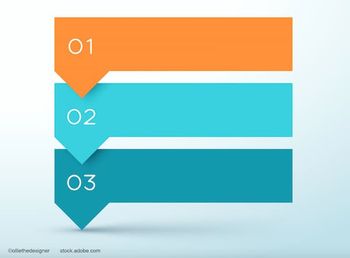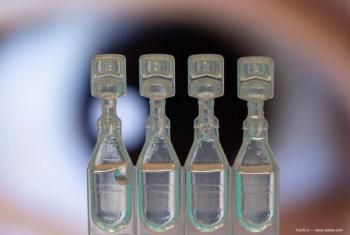
Lasers, mechanical microkeratomes contrasted
Femtosecond lasers and mechanical microkeratomes both have advantages and limitations. These features provided subject matter for a point-counterpoint discussion on choosing technology for LASIK flap creation.
Key Points
In a point-counterpoint presentation at refractive surgery subspecialty day at the annual meeting of the American Academy of Ophthalmology, Perry S. Binder, MS, MD, spoke as a proponent for the femtosecond laser. Cesar C. Carriazo Escaf, MD, defended the role of mechanical microkeratomes.
Femtosecond lasers
"A given microkeratome provides a fixed hinge location and a fixed side cut angle of 25° to 30°, and the flap and hinge dimensions vary depending on corneal power, corneal pachymetry, blade quality, translation speed, and IOP," said Dr. Binder, a private practitioner in San Diego, and co-medical director, AMO/IntraLase, Irvine CA.
He noted that even using the same system components in the same patient, a mechanical microkeratome can create flaps with different dimensions, and the flaps created are not planar but rather are thinner in the center and thicker in the periphery. None of these issues are relevant to the femtosecond laser, Dr. Binder said.
He recognized the femtosecond laser is not free of concerns, although in reviewing the drawbacks, Dr. Binder observed many have been successfully addressed. For example, peripheral lamellar keratitis (PLK) was an early problem associated with femtosecond laser flap creation. However, when it occurred, it was usually in the periphery and did not affect vision. Nevertheless, its incidence has decreased more recently as a result of a reduction in the side cut energy used and with experience lifting the flap.
Slippage of femtosecond laser-created flaps is also more a concern of the past because it can now be circumvented by avoiding use of topical phenylephrine for pupil dilation, Dr. Binder said.
A persisting issue relates to the fact that PRK may need to be performed instead of LASIK in some eyes that experience a flap complication after femtosecond laser use. However, that situation also applies to cases performed using mechanical microkeratomes. While there has been a suggestion that the steep side cut angles, which are a feature of femtosecond laser-created flaps, predispose to circumferential striae with deep ablations, there is no evidence to support that claim, Dr. Binder said.
He also noted there are certain risks that accompany all LASIK procedures and do not disappear with use of the femtosecond laser. Those include diffuse lamellar keratitis, central toxic keratopathy, need for enhancements, microstriae, flap slippage, epithelial ingrowth, and ectasia. However, they can definitely be reduced using the femtosecond laser, Dr. Binder said.
Claims that there is an increased cost per procedure using the femtosecond laser are valid. However, the expense can be partially offset by the fact that use of the laser can lead to decreased enhancement rates and improved patient acceptance.
On the other hand, the femtosecond laser offers multiple advantages, some of which can never be matched by a mechanical system. Free flaps occur only if the hinge is torn, and buttonholes are a risk only if the flap is lifted when there is vertical gas breakthrough, Dr. Binder said. Decentered flaps and epithelial defects only occur at the fault of the surgeon, and the flaps created with the femtosecond laser have a predictable diameter, hinge length, hinge location, thickness, and planar shape regardless of preoperative pachymetry, keratometry, or IOP.
"With the femtosecond laser, a surgeon can customize the flap to the eye's anatomy, and what you dial in is what you get," Dr. Binder said.
If suction loss occurs with the femtosecond laser, the procedure can be repeated the same day. In addition, use of the femtosecond laser appears to have some benefits for improving clinical outcomes.
Newsletter
Don’t miss out—get Ophthalmology Times updates on the latest clinical advancements and expert interviews, straight to your inbox.













































.png)


